Optimal Timing for Foundation Repairs
Foundation repairs are most effective when performed during specific times of the year, considering weather conditions and soil stability. Proper timing can help prevent further damage and ensure long-lasting results.

Spring offers moderate temperatures and soil conditions ideal for foundation work, reducing the risk of soil movement.

Summer's warm weather allows for quicker curing times, but excessive heat and dry conditions may pose challenges.
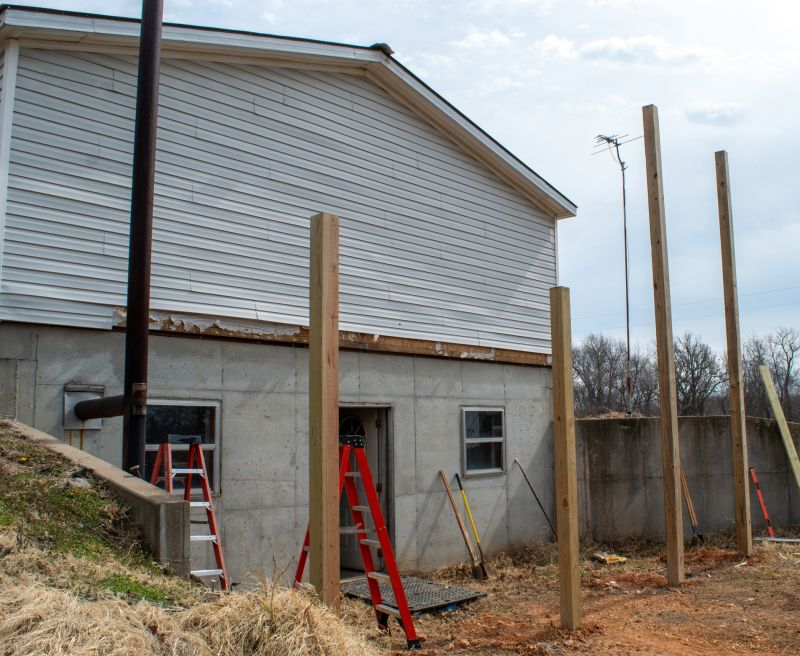
Fall provides cooler temperatures and stable soil, making it a suitable season for repairs before winter.
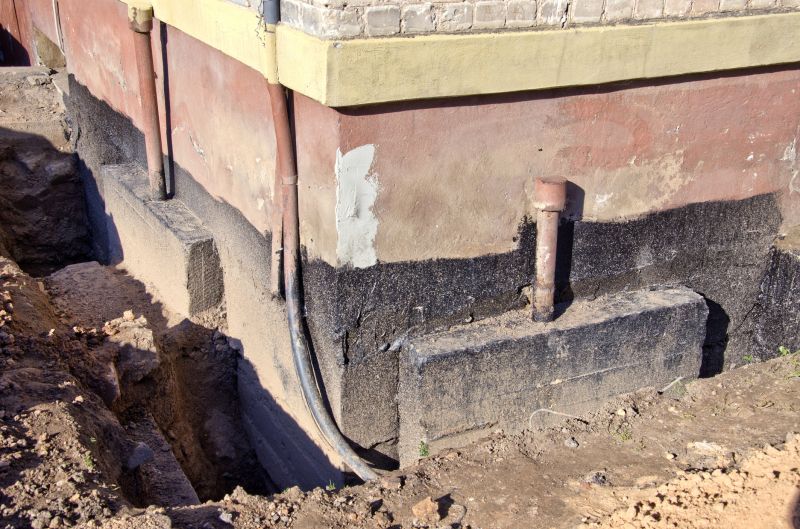
Winter is generally less favorable due to freezing temperatures and frozen ground, which can hinder repair processes.
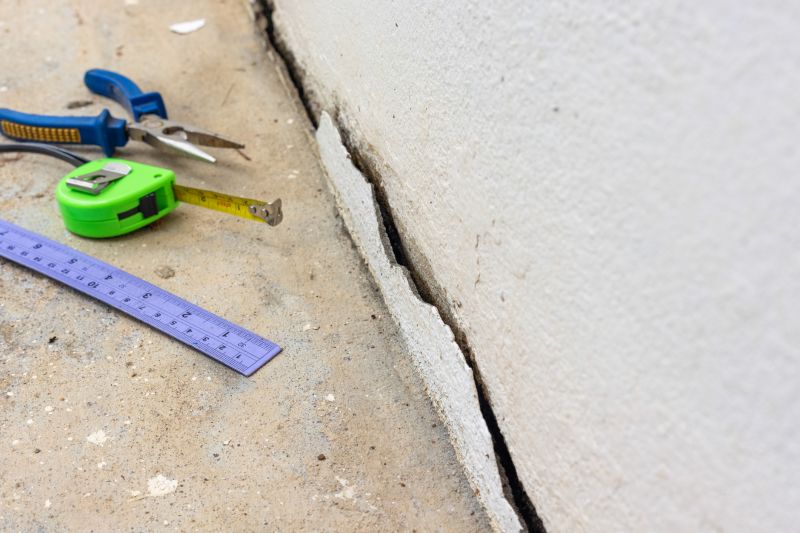
Ways to make Foundation Repairs work in tight or awkward layouts.
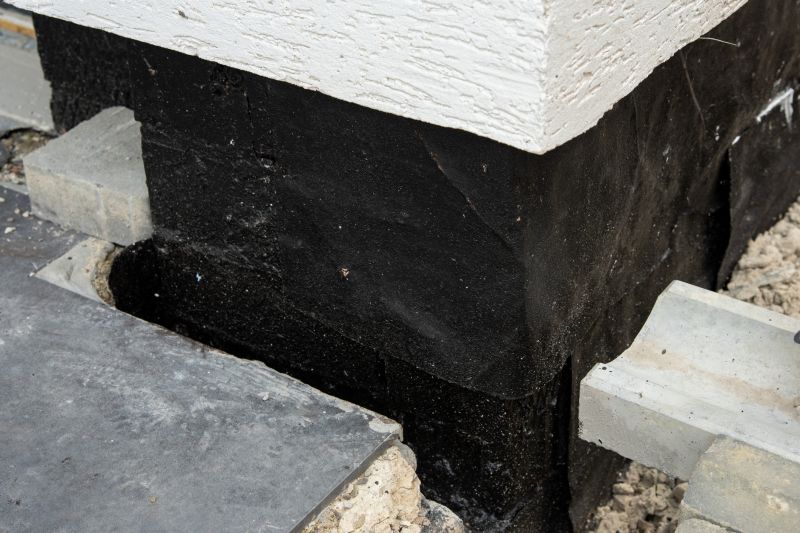
Popular materials for Foundation Repairs and why they hold up over time.
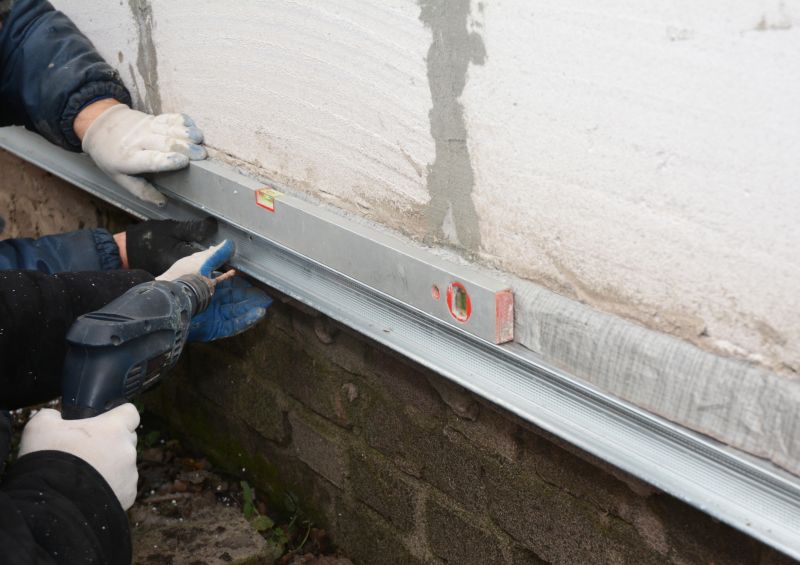
Simple add-ons that improve Foundation Repairs without blowing the budget.

High-end options that actually feel worth it for Foundation Repairs.
Soil stability is crucial for foundation repairs. Dry or frozen soil can complicate repair efforts.
Extreme weather events, such as heavy rain or drought, can influence the timing of foundation repairs.
A professional assessment can determine the best time for repairs based on current foundation condition.
Temperature and humidity affect how quickly repair materials set and cure.
| Season | Ideal Conditions |
|---|---|
| Spring | Moderate temperatures, thawing ground, soil stability |
| Summer | Warm weather, quick curing, dry conditions |
| Fall | Cooler temperatures, stable soil, before winter |
| Winter | Freezing temperatures, frozen ground, generally unsuitable |
Foundation repairs involve stabilizing and strengthening the structural base of a building. Common issues include settling, cracking, and shifting caused by soil movement, moisture changes, or poor construction. Addressing these problems promptly can prevent further damage, increase safety, and preserve property value. Statistics indicate that early intervention can reduce repair costs significantly and extend the lifespan of the foundation.
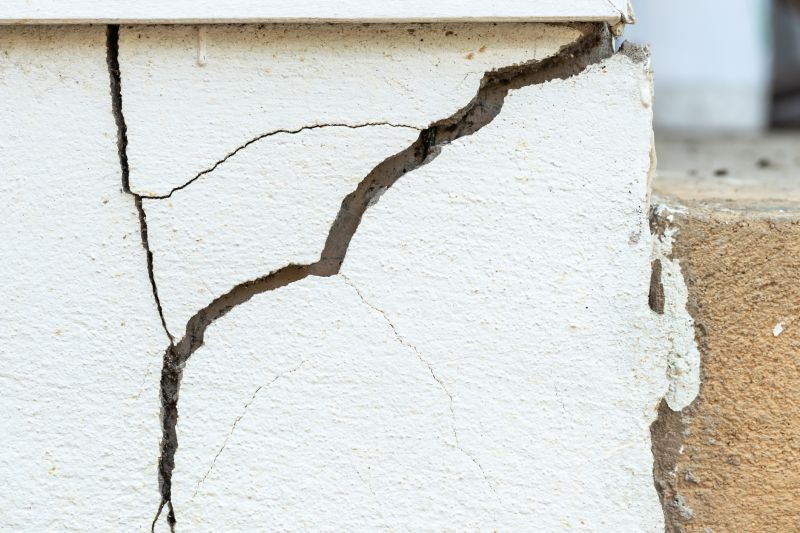
Sealing cracks early prevents water intrusion and further structural damage.
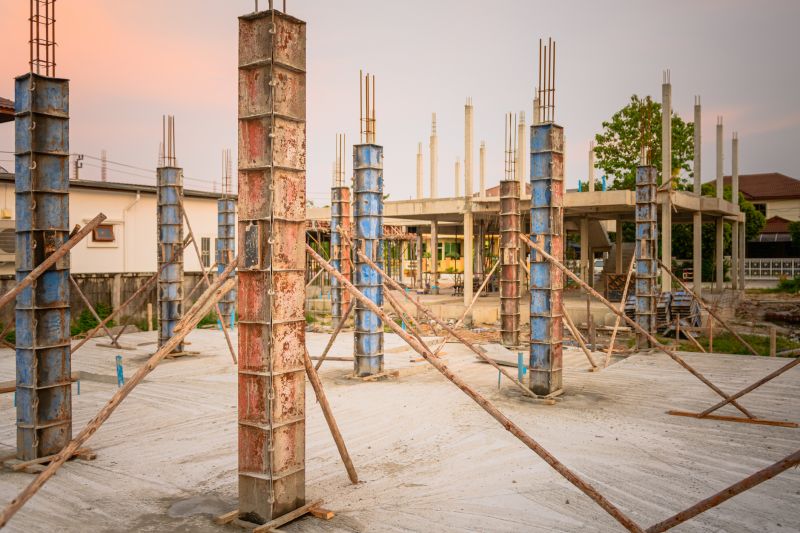
Proper stabilization techniques ensure long-term support for elevated foundations.
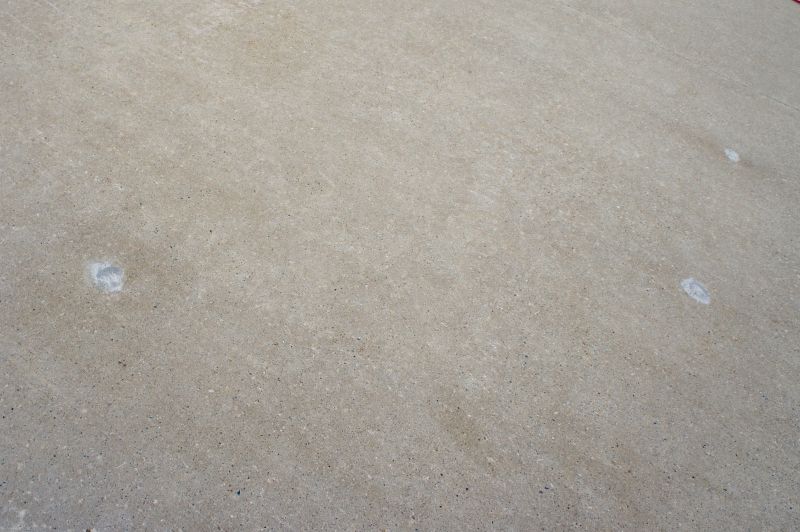
Raising and leveling sunken concrete slabs restores stability and appearance.
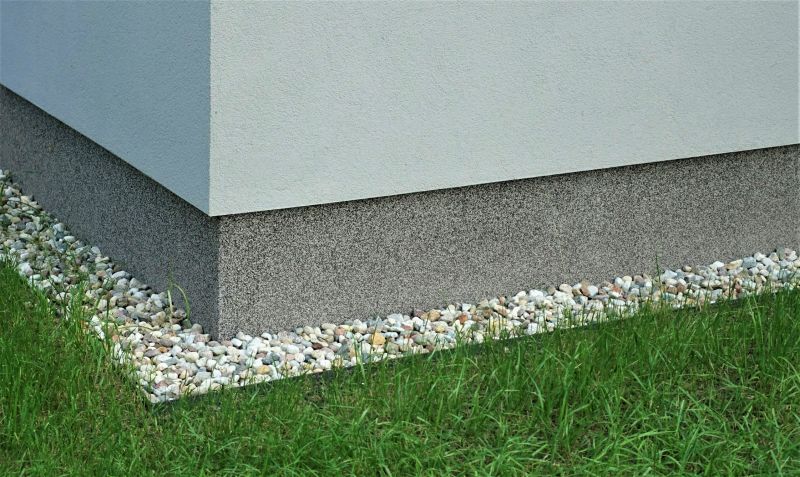
Proper drainage reduces soil movement and foundation stress.
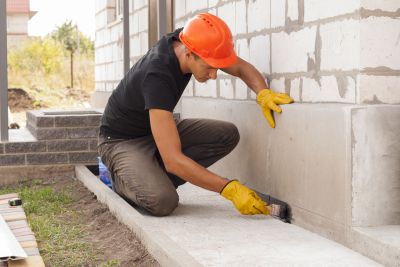
Finishes and colors that play nicely with Foundation Repairs.
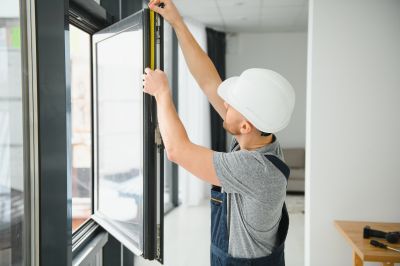
Little measurements that prevent headaches on Foundation Repairs day.

A 60-second routine that keeps Foundation Repairs looking new.
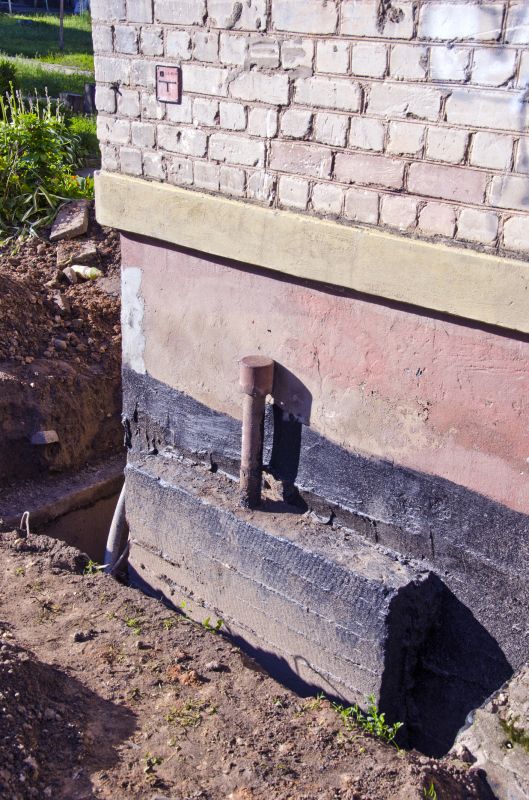
A frequent mistake in Foundation Repairs and how to dodge it.
Timely foundation repairs are essential to maintaining the integrity of a property. Delays can lead to increased damage, higher costs, and safety concerns. Consulting with a foundation specialist can help determine the optimal time for repairs based on soil conditions, weather patterns, and structural assessment results.
Regular inspections help identify issues early, allowing repairs to be scheduled at the most appropriate time.
Avoid scheduling repairs during extreme weather to ensure safety and effectiveness.
Monitoring soil moisture can inform the best timing for foundation stabilization.
Proactive repairs during optimal seasons can prevent costly future damage.
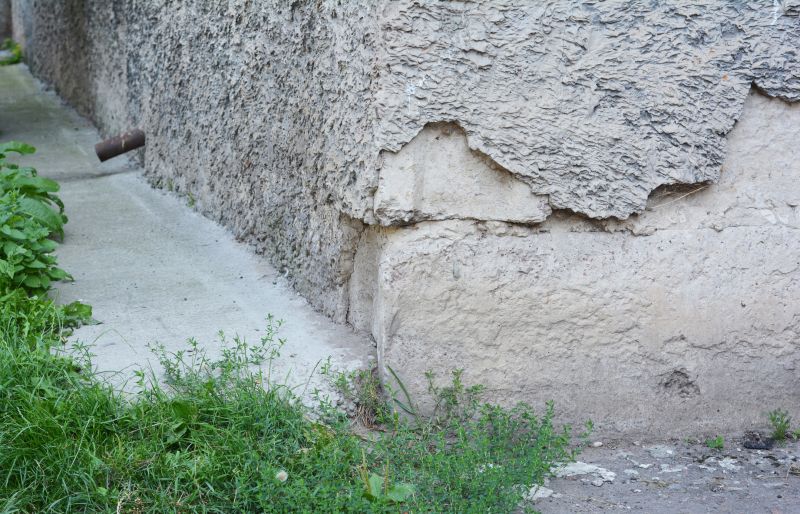
Professional repairs underway with appropriate seasonal timing.

Methods used to prepare ground for foundation work.

Finished repairs showing restored structural integrity.

Small tweaks to make Foundation Repairs safer and easier to use.
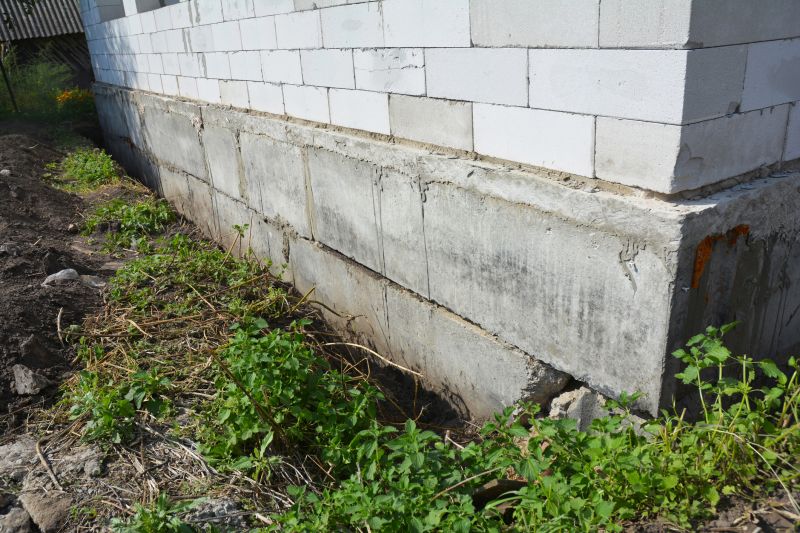
Lower-waste or water-saving choices for Foundation Repairs.

The short, realistic tool list for quality Foundation Repairs.
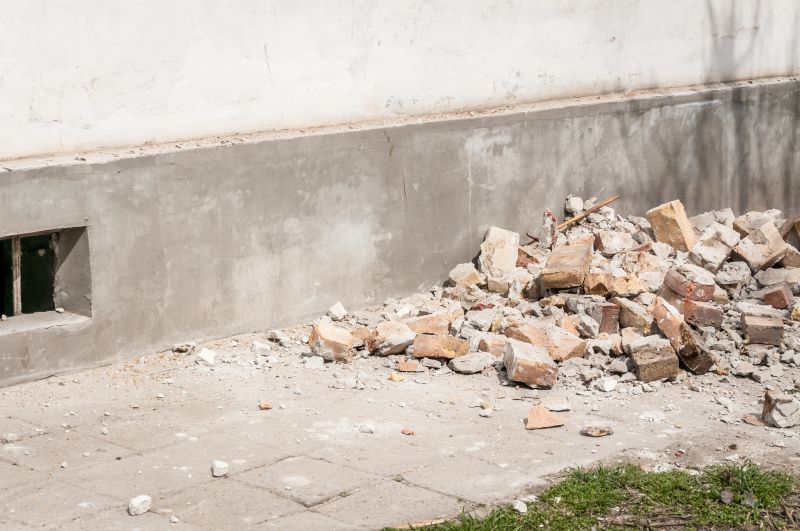
Rough timing from prep to clean-up for Foundation Repairs.
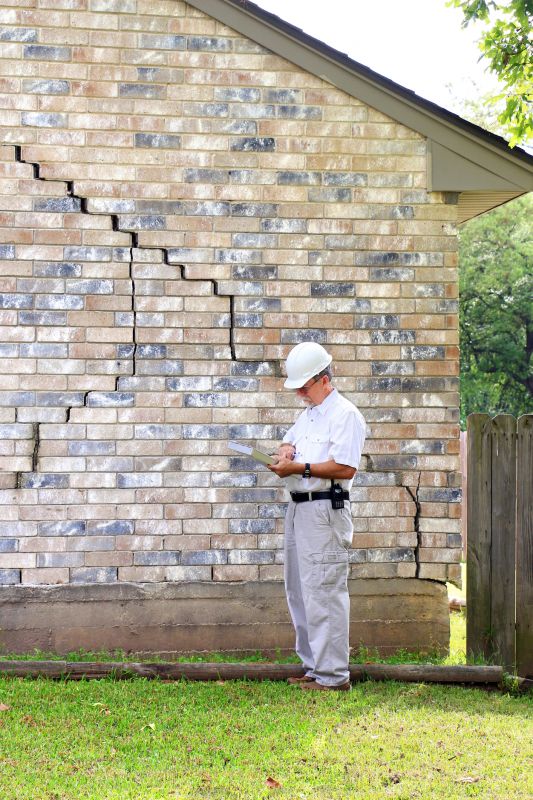
Quick checks and paperwork to keep after Foundation Repairs.
Interested property owners in Detroit, MI, are encouraged to contact for further guidance on scheduling foundation repairs. Accurate timing enhances repair durability and effectiveness, ensuring the long-term stability of the structure.

